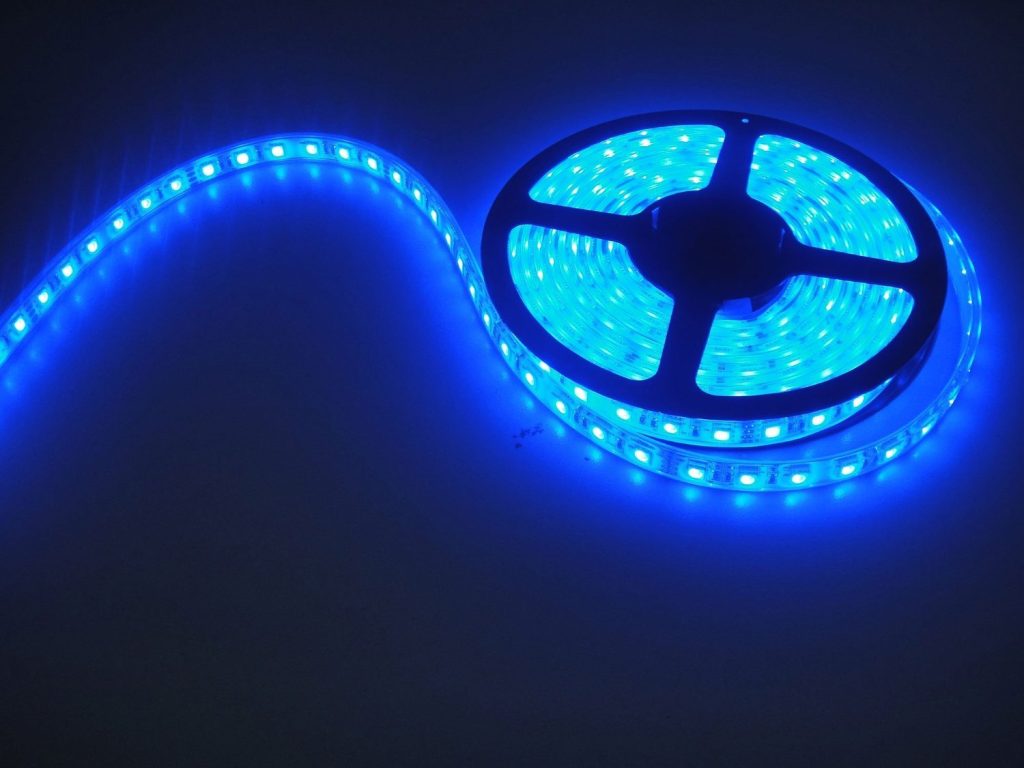Light-emitting diode (LED) lights have become a popular choice due to their energy efficiency, longevity, and versatility. However, one common question is about their cost. This guide will provide a comprehensive overview of led lights for bedroom costs, considering various factors such as initial purchase price, lifespan, and energy efficiency.
Upfront Cost of LED Lights
The upfront cost of LED lights can vary significantly based on several factors, including the type of light, brightness (lumen output), color quality (Color Rendering Index – CRI), and special features like dimmability or smart technology compatibility. As of my knowledge cut-off in September 2021, you could typically expect to pay:
- LED Bulbs: Basic LED light bulbs for residential use can cost anywhere between $2 to $15 per bulb, depending on the factors mentioned above.
- LED Light Strips: LED light strips, popular for accent and decorative lighting, can range from $10 to $40 for a standard 16-foot roll. High-end versions with smart features or high lumen output can cost considerably more.
- LED Fixtures: LED light fixtures, such as ceiling lights, wall sconces, or outdoor lights, have a much broader price range. Simpler models may start around $20, while high-end, designer fixtures can cost hundreds or even thousands of dollars.
It’s worth noting that prices for LED lights have been steadily decreasing over the years as the technology becomes more widespread and manufacturing processes improve.
Operational Cost of LED Lights
While the upfront cost of LED lights can be higher than traditional light sources such as incandescent or compact fluorescent lamps (CFLs), they make up for it with lower operational costs. Here’s why:
- Energy Efficiency: LED lights are far more energy-efficient than traditional lighting options. They use significantly less electricity to produce the same amount of light. For example, an LED light bulb uses around 80% less energy than a comparable incandescent bulb.
- Longevity: LED lights also last considerably longer than other types of lights. A high-quality LED light bulb can last up to 50,000 hours – that’s over 5 years of continuous use! This long lifespan means you’ll save money on replacement bulbs and the labor cost of changing them.
To calculate the operational cost of an LED light over its lifespan, consider its wattage, the cost of electricity in your area, and how long the light is on each day. Don’t forget to factor in the cost savings from not having to replace the bulb as frequently.
Total Cost of Ownership
When considering the cost of LED lights, it’s essential to think about the total cost of ownership, which includes the upfront cost, energy costs, and replacement costs over the light’s lifespan. Despite the higher upfront cost, LED lights often turn out to be cheaper in the long run due to their energy efficiency and longevity.
Conclusion
While LED lights might seem more expensive at the point of purchase, their long-term benefits often justify the initial investment. They not only reduce your energy consumption and carbon footprint but also save money on your energy bills and replacement costs in the long run. Considering these factors, LED lights are a smart and cost-effective choice for both residential and commercial lighting solutions.

